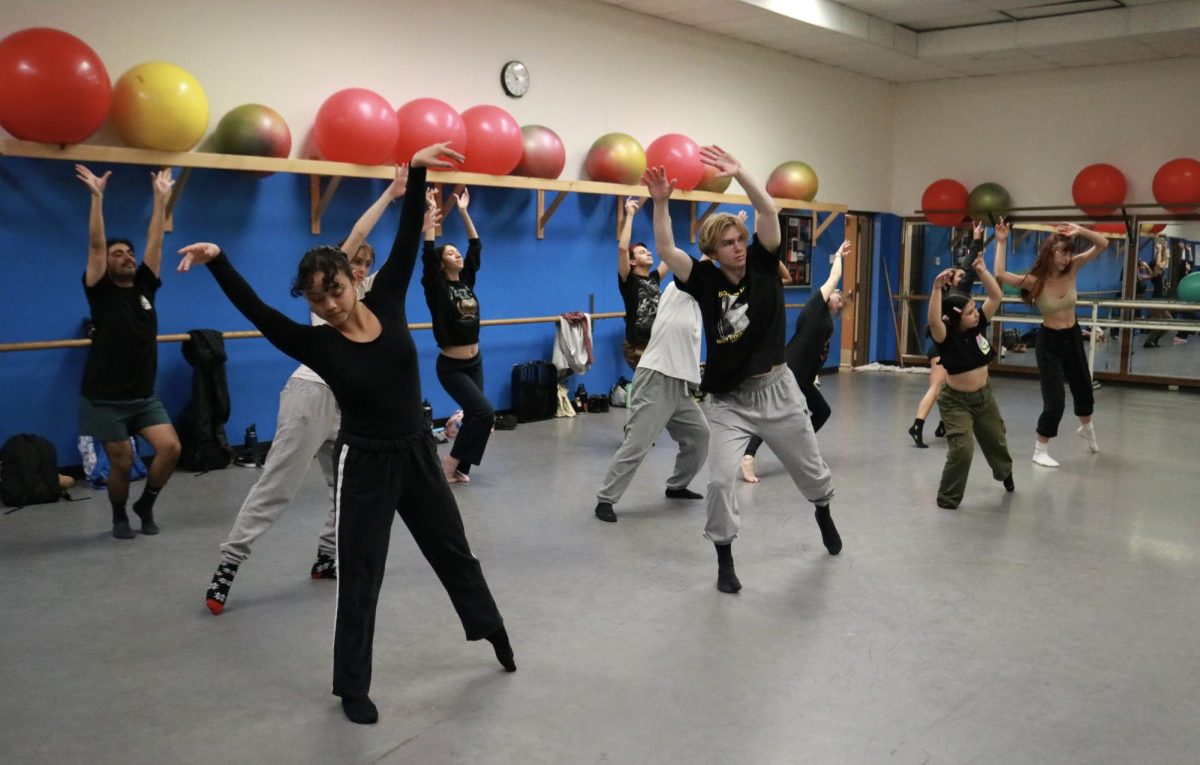As of 2007, an estimated 33 million people were living with HIV/AIDS worldwide. Of that number, more than 7,000 people between the age of 15 and 25 were infected daily, according to UNAIDS.com and FaceofAIDS.com.
“Growing up in the seventies through the nineties, they really put it out there to use condoms and to practice ‘safe sex.’ Compared to kids today they just don’t care,” Michelle Baez, front desk clerk in the library, said.
In American society, the condition known as HIV/AIDS became more widespread during the early 1980s.
When people started dying, others became curious, that curiosity increased when celebrities such as Earvin “Magic” Johnson began announcing they had the illness.
According to Baez, this generation, consisting of those from the ages of 16 to 25, need to become more aware of the risks they put themselves at when they engage in activity they think is safe.
“Teenagers don’t know they can get (HIV/AIDS) orally,” Baez said.
Although there’s a lack of knowledge on the subject itself, it’s still a concern for the high-school to college age group.
“I don’t want to catch it,” Tara Baskin, 21, criminal justice major, said. “It is something I don’t want to go through knowing that my days are being cut short because of the actions I could have prevented if I were to catch it.”
According to USA Today, black women and gay men are at higher risk for contracting HIV/AIDS. The infection then spreads to younger age groups as men choose younger age sexual partners.
“It is getting worse because many people are liking the opposite sex, having oral sex and unprotected sex without condoms,” Dujuan Nettles, 20, undecided major, said.
Infection rates among African American women in the U.S. are 20 times higher, with more than 80,000 diagnosed, compared to roughly 25,000 Caucasian women and 20,000 Hispanic women.
“Black men need to think about it because the chances of contracting it or passing it on is high, especially for the women,” Aruk Ntuen, 21, political science major, said.
Medical advancements have increased greatly, as more drugs are tested to not only treate the disease, but to possibly prevent it as well.
“I’ve heard about the new vaccine, but I don’t think it’s going to work,” Nettles said. “It’s just going to be something else more costly and may end up killing people,” he said.
The new vaccine has garnered supporters who believe that this new vaccine is a step toward being able to prevent and eventually cure HIV/AIDS.
“They have medication that can control it and they have more resources now then what they had before,” Baez said.
The vaccine is a combination of two previously unsuccessful vaccines. It has cut the risk of becoming infected with AIDS by more then 31 percent in the world’s largest AIDS vaccine trial of more then 16,000 volunteers in Thailand, researchers announced in Bangkok earlier this year
The risk factor for HIV/AIDS increases when having unprotected sex with multiple partners, using illegally injected drugs, as well as having a partner with any of the previously mentioned risk factors.
By abstaining from such activity, one can cut down their chances of being infected with HIV/AIDS.






